A corner of Hoi Xuan town (Quan Hoa). Photo: Do Luu
1. In a modest stilt house, hidden in Kham quarter, Hoi Xuan town, Cao Bang folk artist Nghia is still attached to the antiques that he has been searching for in the field for decades. Every spring and autumn, in addition to village affairs, funerals, going to Quan Son, going up to Muong Lat to teach how to play the panpipe, the flute, the Thai ethnic script,... when he comes home, he takes them out to scrub and admire. For this man in his late 80s, that is like a way of life, a joy that is hard to describe. Sitting in front of me, he is still the same, enthusiastic, warm like the way a person doing propaganda work talks, only different in the more profound and tender way of summarizing and thinking. The story of Hoi Xuan land makes him passionate, absorbed, as if telling it with all his passion and clarity.
Mr. Nghia cited from the Quan Hoa District Gazetteer, before April 1966, when the commune had not yet been divided, the administrative boundaries of Hoi Xuan stretched across 4 communes and towns today, including Hoi Xuan town, the communes: Phu Xuan, Nam Xuan (Quan Hoa) and Trung Xuan (Quan Son). In 1987, Quan Hoa town was established, from a part of the area and population of Hoi Xuan commune, as the center of Quan Hoa district. After Quan Hoa was divided into 3 districts in November 1996 (Quan Hoa, Quan Son, Muong Lat), in December 2019, implementing the policy of streamlining the Party's organizational apparatus, Quan Hoa town and Hoi Xuan commune were reunited, named Hoi Xuan town.
I asked about the origin of the beautiful name Hoi Xuan, the old artisan shook his head: Each person has their own explanation, some say it was given during the French period, others say it was because this land had many beautiful girls... According to the Quan Hoa District Gazetteer, since the feudal period, Quan Hoa district had Hoi Xuan commune belonging to Phu Le canton. The explanation that is more accepted by many people, according to Mr. Nghia, is that during a spring festival at the foot of Mung Muong, the Muong people happily sang in the sound of gongs, drums, and humming khập. When the sounds were raised, they were blown into the immense space, into the rocks and mountains, and then echoed back, making it even more bustling and joyful. Finding it strange and interesting, as if the mountains and forests contributed a joyful melody to the Muong people, the villagers agreed to use that phenomenon to give a new name to the land. Hoi Xuan is the echo of the spring festival returning, echoing back.
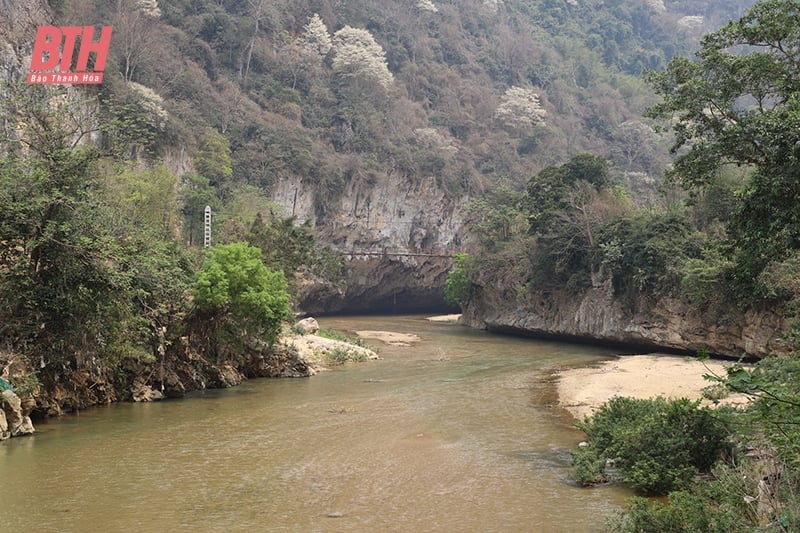
I stood on Na Sai bridge listening to the immense wind blowing from the Ma River reflecting the green Mung Muong. It is not easy to find a land with so many rivers and mountains. Hoi Xuan is a valley filled with green surrounded by four sides of mountains and forests. In the distance, the rolling Pu Luong range stretches out, in front is the majestic Mung Muong peak. In the middle of that valley, the Luong and Lo rivers persistently flow from the distant upstream through many mountains, rapids and waterfalls before flowing downstream, meeting the Ma River here to deposit more alluvial soil on the hills and sandbanks.
Mr. Nghia joked: “Here, shrimp and fish are abundant, and every dish is delicious and unique. The unique thing is that it swims and eats food from three rivers. The taste of fish from three rivers is also different.”
2. Perhaps because it is located in a place where mountains and water gather, trees are lush, and fish and shrimp are abundant, this land soon became a place of residence for ancient people. The stories about Muong Ca Da that artisan Cao Bang Nghia tells are vague but contain many interesting things.
The story goes that: In ancient times, this land was called Muong Hung, Muong Huong (named after the two daughters of the founder of the Muong), and was given two buffaloes by the water king, one with a bronze horn and one with an iron horn. The two buffaloes mooed in which direction and all the buffaloes and cows ran in that direction. In no time, the founder of the Muong had buffaloes filling the forest, cows filling the fields, more money than he could spend, and more clothes and fabrics than he could give away. Bored with the rich and noble life, the founder of the Muong went around the Muong to ask for ways to become poorer.
Following the advice of the Cho Muong people, Mr. Hung and Mr. Huong returned to throw the net on the altar and pretended to fish as if they were fishing. His hand was thorned, red and swollen, extremely painful, medicine did not help. He had to listen to the fortune teller's advice, killing both buffaloes given by the water king to worship the family's ghost. From that day on, all the buffaloes and cows that had been brought back suddenly ran away, Mr. Hung and Mr. Huong and his wife became poor quickly, without cassava to eat, clothes to wear. They were helpless, wandering in the corners of the forest and mountains, the fields were yellow and withered, the village was desolate.
Folk artist Cao Bang Nghia with the antiques he collected. Photo: Do Duc
Some time later, a group of people called the Giant Giới army came to reclaim this land of two river confluences. Favored by nature, in no time, the fields were lush and the houses were crowded. However, there was a village without a creator, and there was a lack of people to direct public affairs, so everything was delayed and interrupted, and there was discord and discord between the upper and lower levels.
One day, a corpse was floating on the Ma River and drifted to the village. At the same time, a flock of crows flew by and pecked at the corpse. After a while, the dead man stirred and then woke up. Seeing the strange thing, the curious villagers flocked to the banks of the Ma River to witness, showing their respect to the person who had just come back to life, then brought him back to honor as the founder of the village. From then on, everyone was in harmony, cultivating the fields, working together to fight against wild animals and floods. Life became more and more prosperous, and the village was filled with songs. The name Muong Ca Da - Muong of Crows Rescue started from then on. The Ca Da people were good at fishing on the river and hunting in the forest, but they always considered crows as benefactors, so they never killed them.
In the 15th century, after defeating the Ming invaders, General Lo Kham Ban was approved by King Le to choose this land to live in, and to pacify the border. Muong Ca Da became more crowded and bustling every day. In gratitude to the general, the villagers built a temple to worship him all year round, and then named the village after him. The Kham and Ban neighborhoods are a testament to this.
The old stories are mysterious and true, it is not clear. It is just that, there must be a great enough love for the ancients to cover them with a layer of legendary halo, to symbolize and magnify the land and people here. As for Mr. Cao Bang Nghia, that magnificence and rich identity are also found in festivals, rituals, in weaving, indigo dyeing... And to preserve the values of his ancestors, from his youth to his old age, he has had to go through many hardships, crossing hills and streams, doing fieldwork to collect.
3. More than 15 years ago, I got to know the talented but nostalgic Cao Bang Nghia, when he was still the Head of the Propaganda Department of the Quan Hoa District Party Committee. In this land, he is a person who understands and is devoted to traditional culture. Not only is he fluent and knowledgeable in indigenous folk performing forms, he can also play many traditional musical instruments such as the flute, bamboo flute, panpipe, and the khap and mo songs. A few years ago, he joined with veteran "seniors" such as Ha Nam Ninh, Ha Van Thuong... to carry out the project "Research, collect, compile documents, build fonts and digitize ancient Thai script in Thanh Hoa; research and compile the Thai - Vietnamese dictionary in Thanh Hoa". The project was later awarded the Thanh Hoa Science and Technology Award in 2020 and is being widely applied in teaching in the Thai ethnic minority area of Thanh Hoa. Furthermore, he researched and collected ancient documents to recreate legends, stories, and mo songs in the ancient Muong Ca Da land. According to him, it is a huge treasure trove of folk culture, containing great value in history, culture, and the rich spiritual life of the Thai ethnic people in Thanh Hoa.
The procession of the palanquin of General Lo Kham Ban in the Ca Da Muong festival. Photo: Do Duc
As he said, not to mention the legends and stories, the mo songs in the Ca Da Muong land are very rich and diverse. Each ritual has its own mo, such as the ceremony of making the soul has the soul mo, the funeral has the funeral mo, when building a house there is the mo for raising the roof, then the mo for the tutelary god, the mo for the land god... Each mo song often has a rhyme and rhythm, sometimes leisurely, sometimes climaxing, high and low, suitable for the context and space of the event, making it easy for people to remember and understand like the folk songs and proverbs of the Kinh people. Mo is like a separate path to find the past in the rituals and festivals of the ancient Thai Muong Ca Da, such as the Xin Muong ceremony, the Cha Chieng festival... "Mo is a part of the soul and identity of the Ca Da Muong land. Understanding that, I put effort into making it. I hope that the young generation will know a little bit", Mr. Nghia confided.
Nowadays, in festivals, ceremonies, and classes, people still see old artisans diligently performing Mo songs, rituals, or teaching the flute, panpipe, and Thai writing to the young generation, hoping that the heritage will not become a thing of the past. Cao Bang Nghia is still the same, enthusiastic and passionate as if he has a great love for the land and people of his homeland.
In late spring, the upstream water is as gentle as silk. I drifted on a boat floating in the morning mist down the Luong River, looking up at the quiet Phi Cave with its thousand-year-old stalactites, then to the confluence of the Ma River with its vast flowing water. From this confluence, the boat sailed down a short distance to the confluence of the majestic Lo River. Along the shore were endless bustling streets. Occasionally, the temple bell rang from afar, and I drifted between invisible images of the prehistoric times of building villages and establishing villages. The waterline at the two confluences of the rivers had deposited thousands of years of alluvial sediment, carved into Phi Cave, Ong Pagoda, Ba Cave, carved into the stele of the general commanding the Lo Kham Ban army, and also into the colorful festivals... Hoi Xuan.
Notes by Do Duc
Source: https://baothanhhoa.vn/nguoc-ngan-hoi-xuan-245465.htm


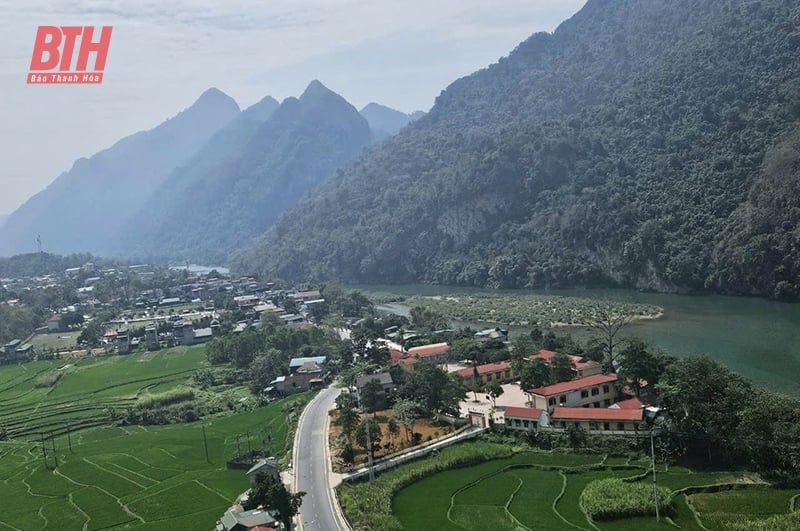

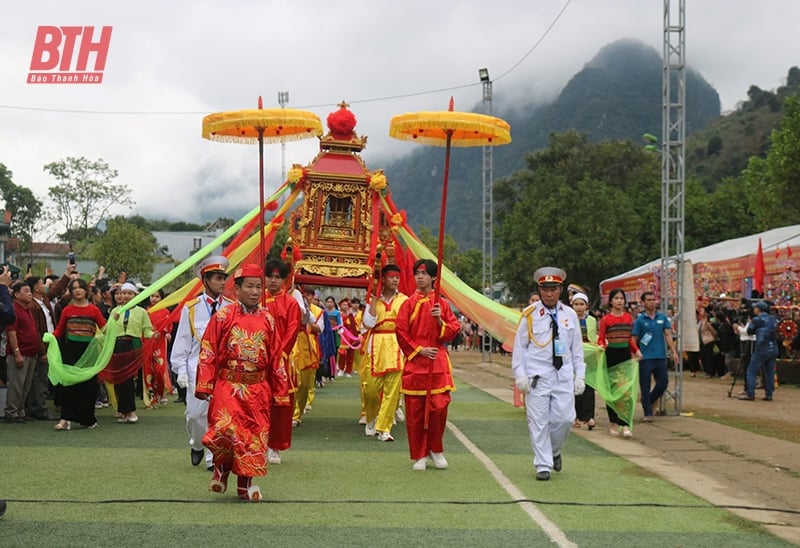
![[Photo] National Assembly Chairman Tran Thanh Man meets with Thai Prime Minister Paetongtarn Shinawatra](https://vphoto.vietnam.vn/thumb/1200x675/vietnam/resource/IMAGE/2025/5/15/e71160b1572a457395f2816d84a18b45)
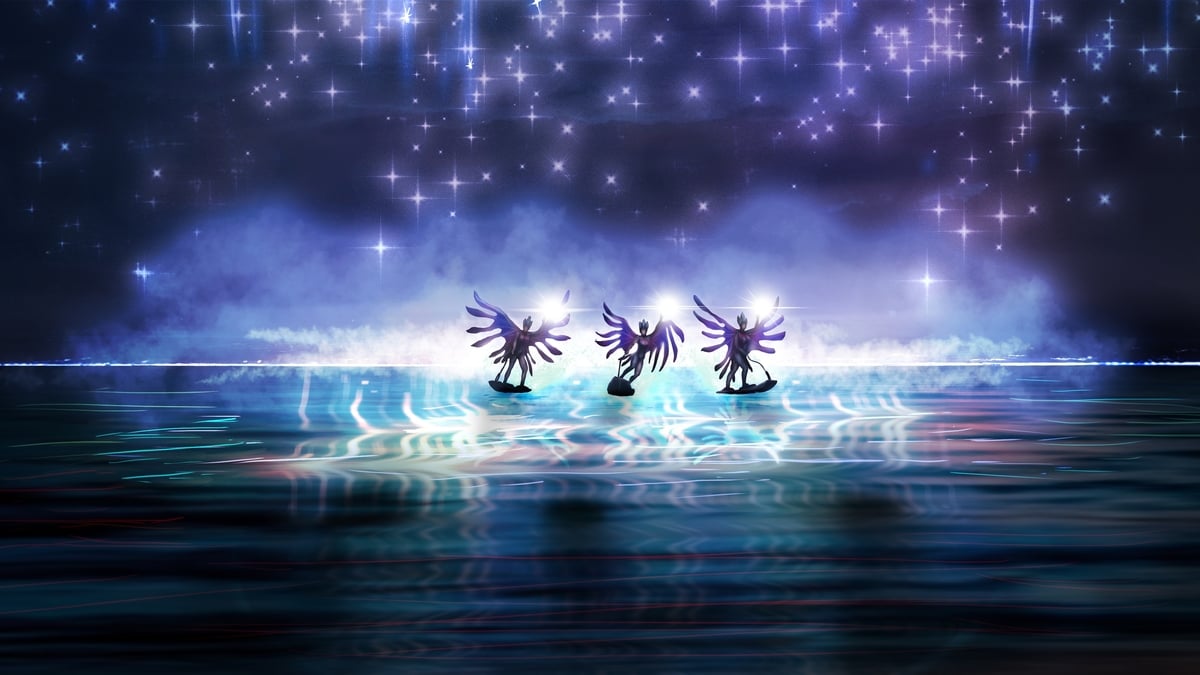
![[Photo] Prime Ministers of Vietnam and Thailand visit the Exhibition of traditional handicraft products](https://vphoto.vietnam.vn/thumb/1200x675/vietnam/resource/IMAGE/2025/5/15/6cfcd1c23b3e4a238b7fcf93c91a65dd)

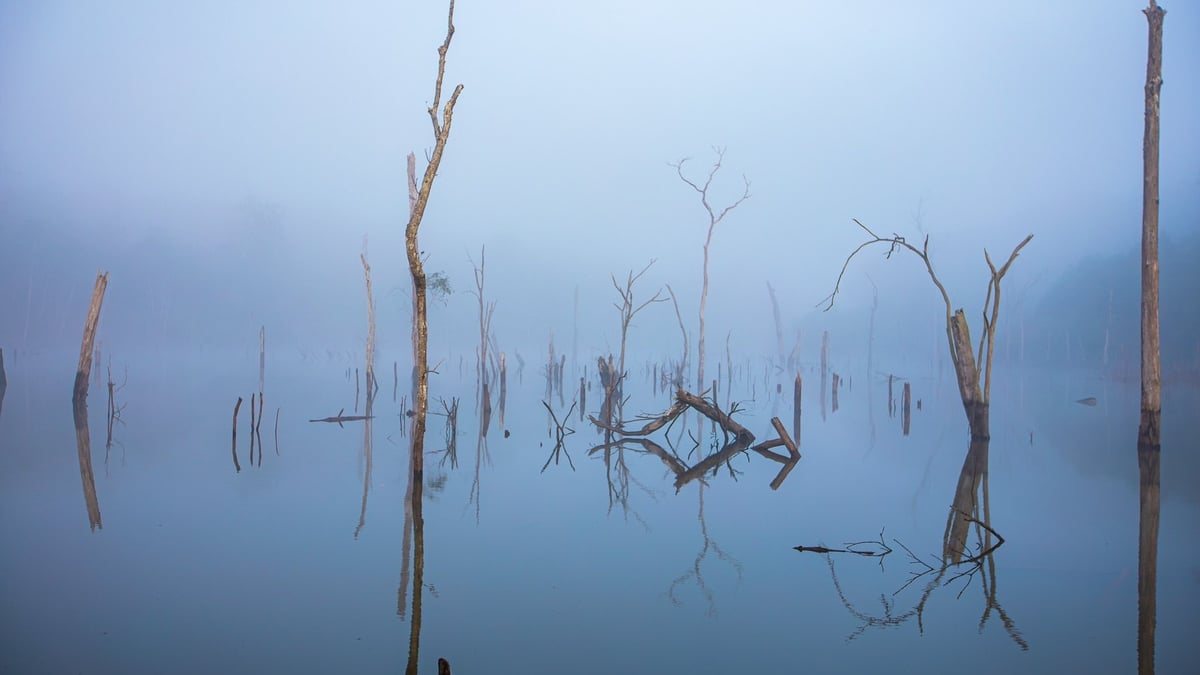
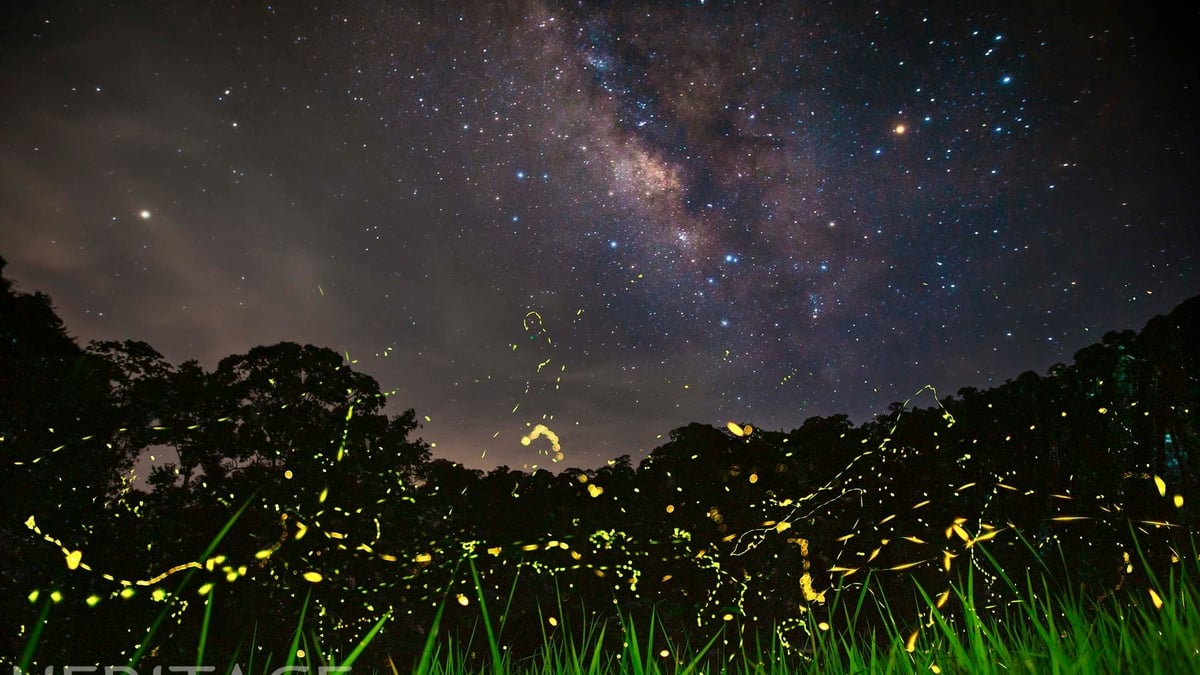
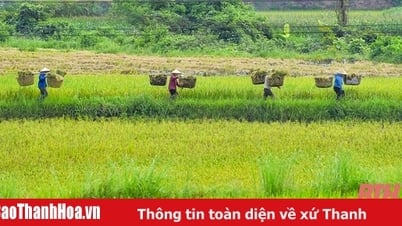






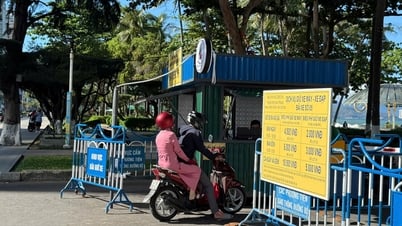









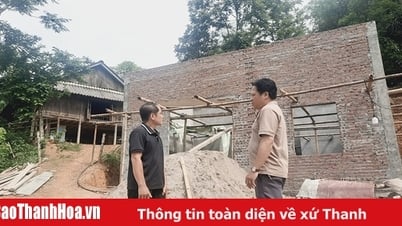


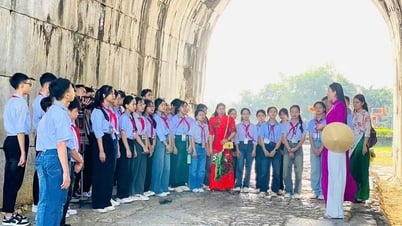

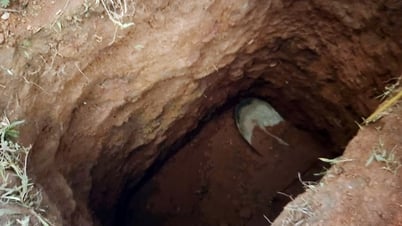
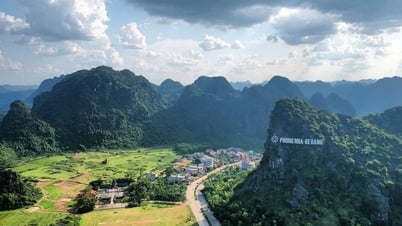

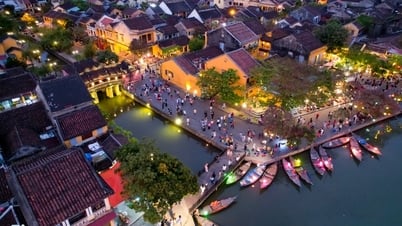

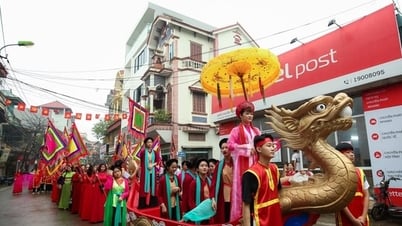


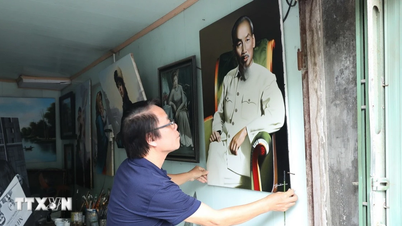

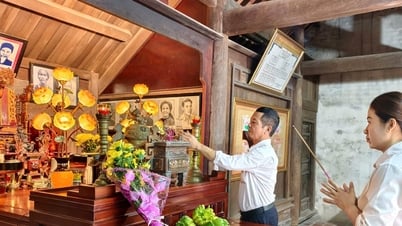

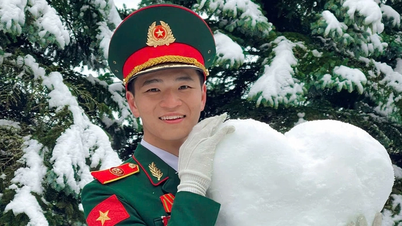



















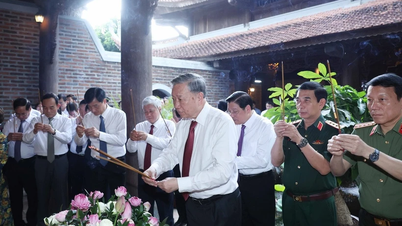











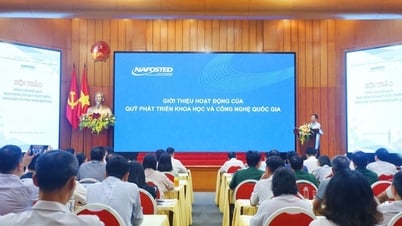





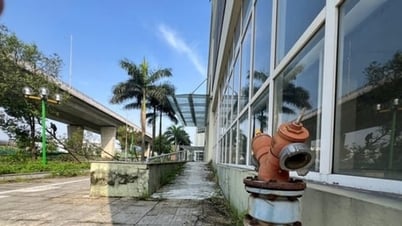





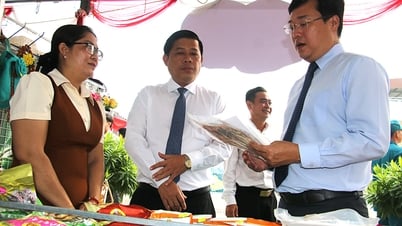


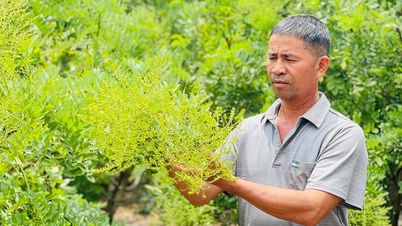
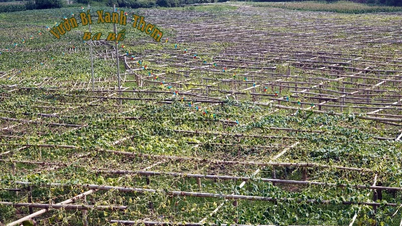

Comment (0)